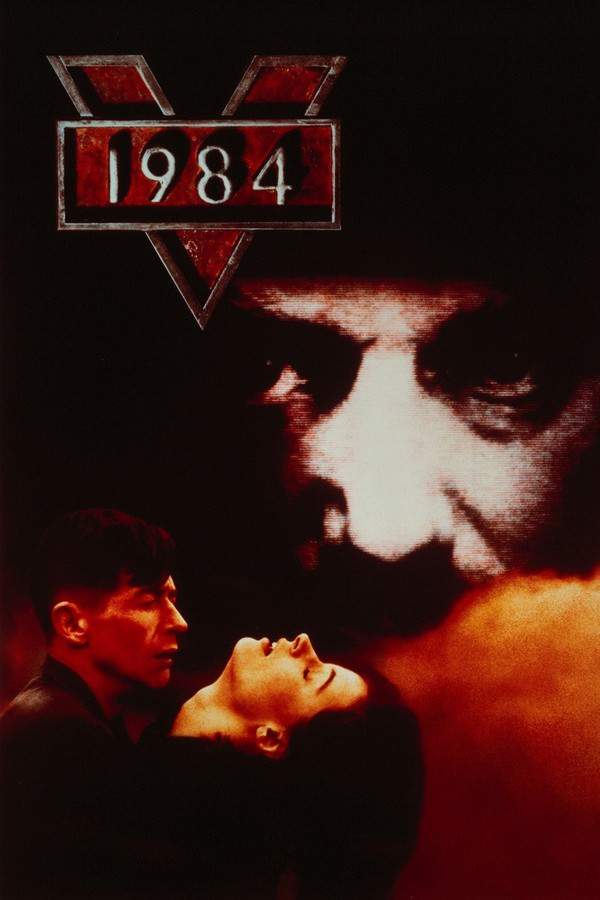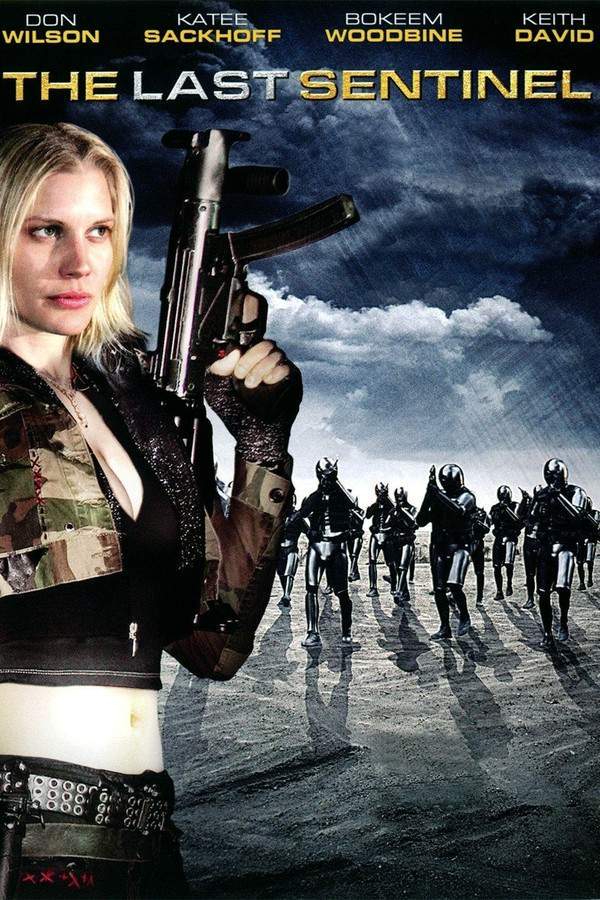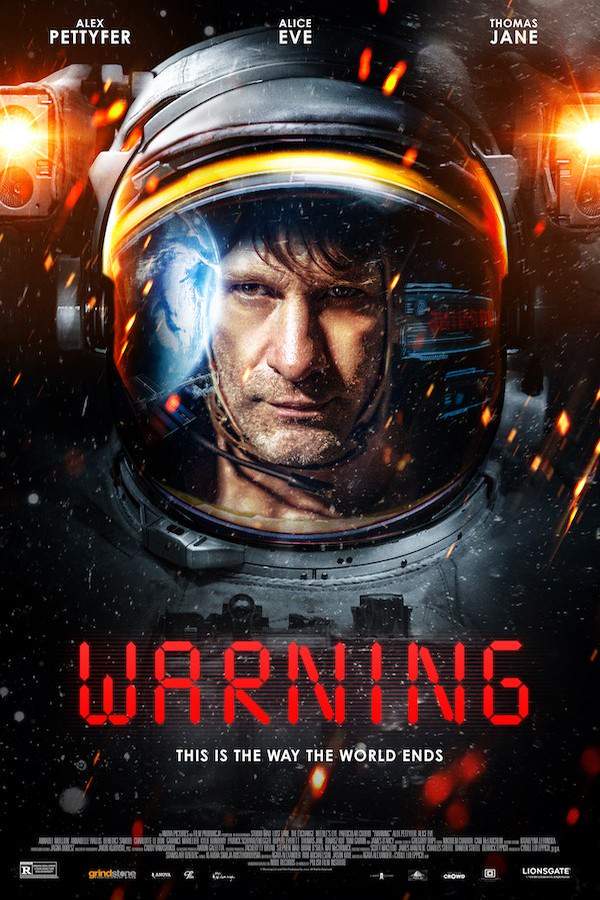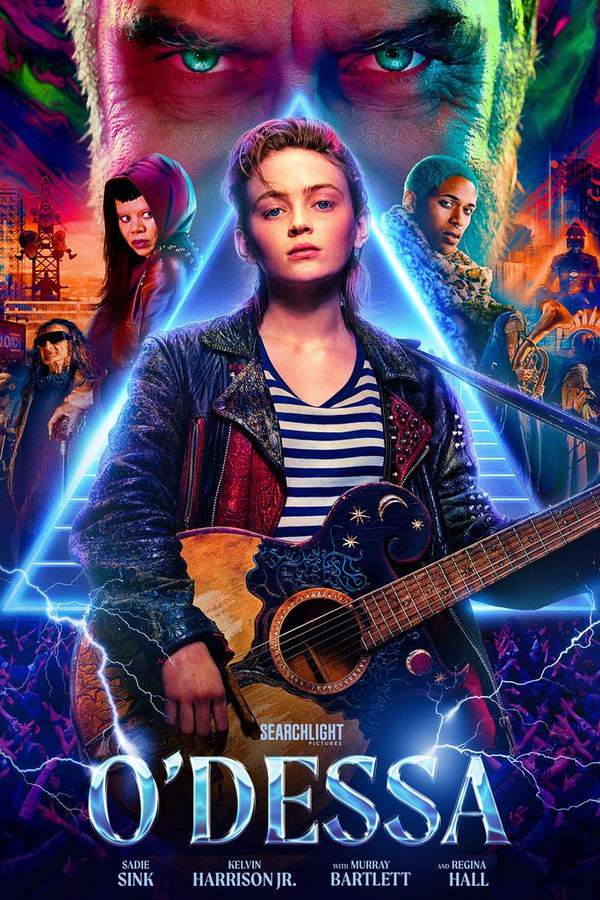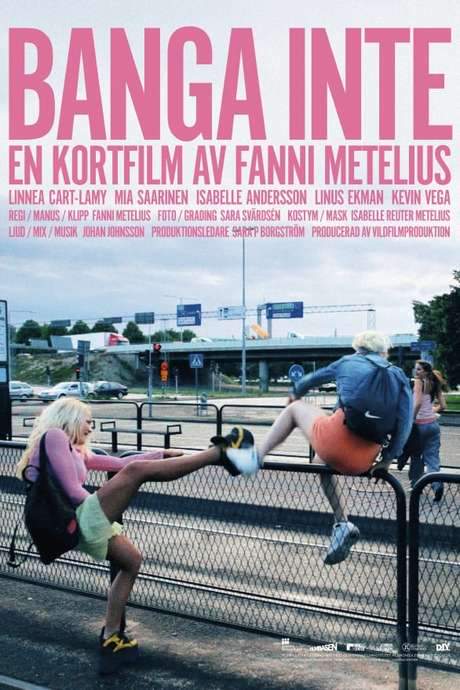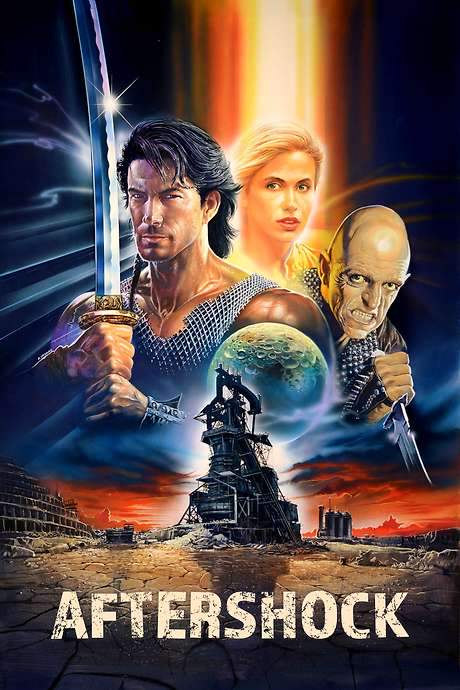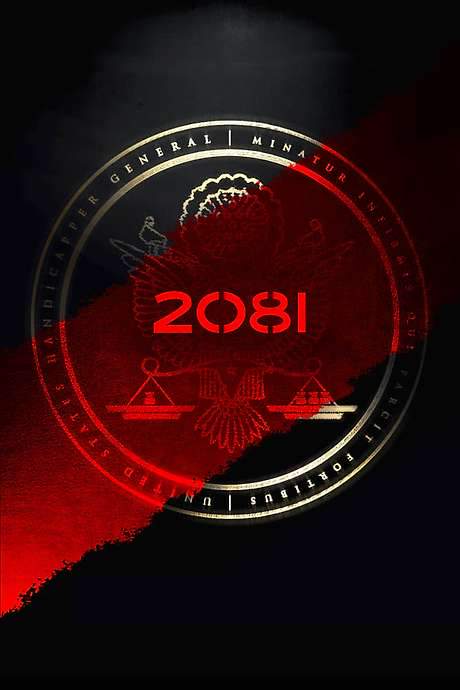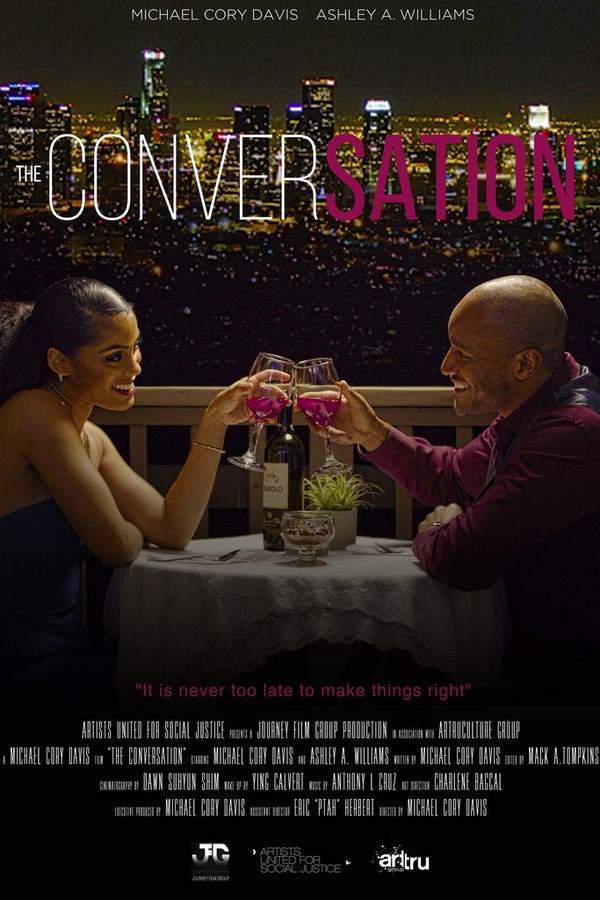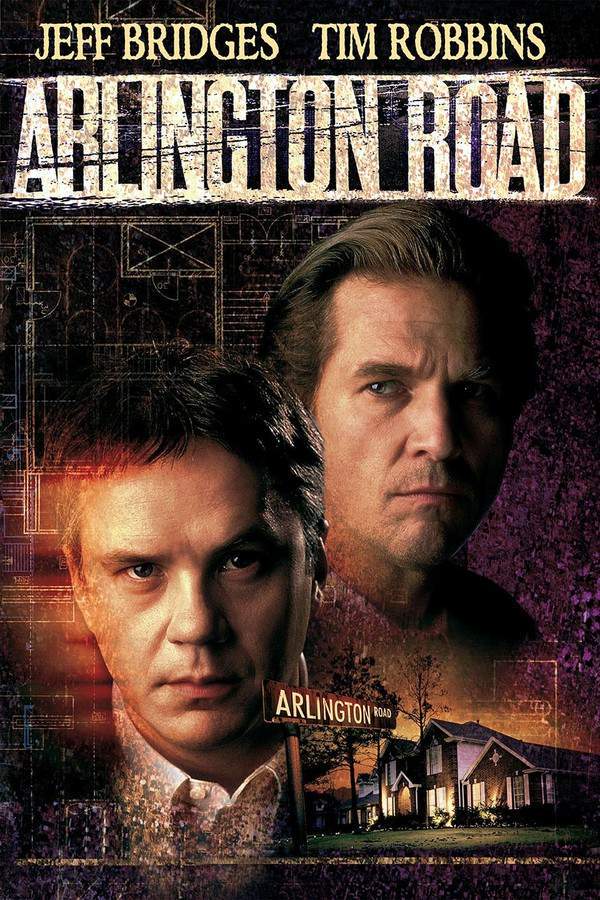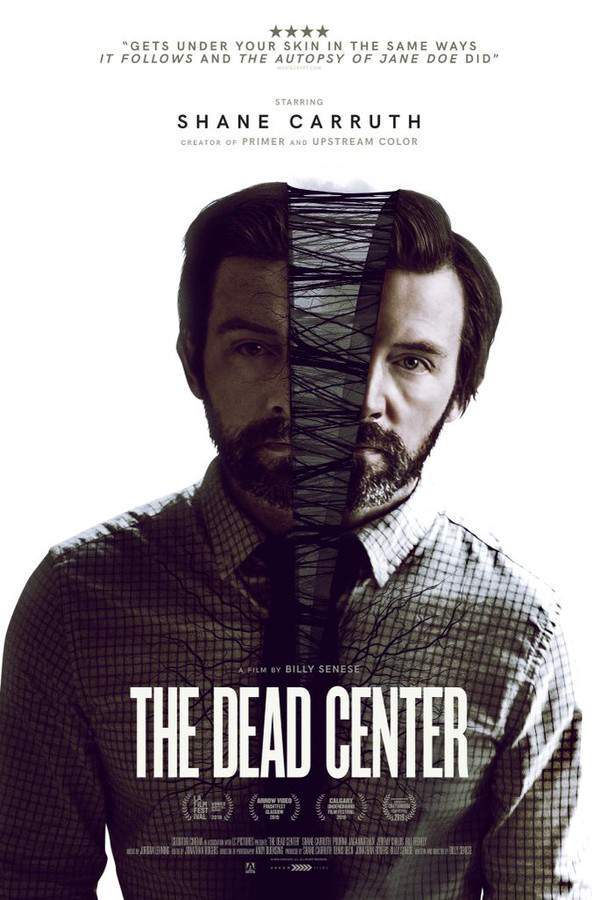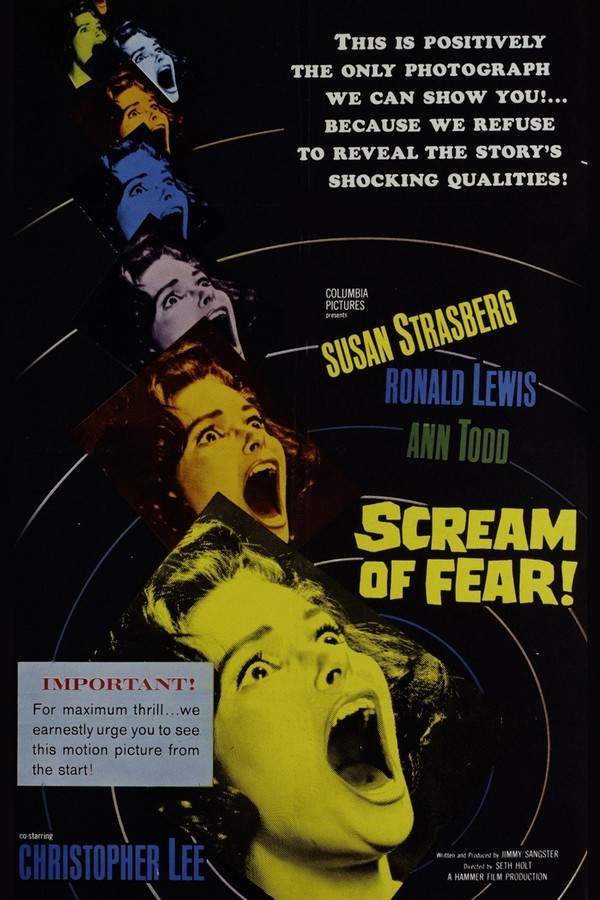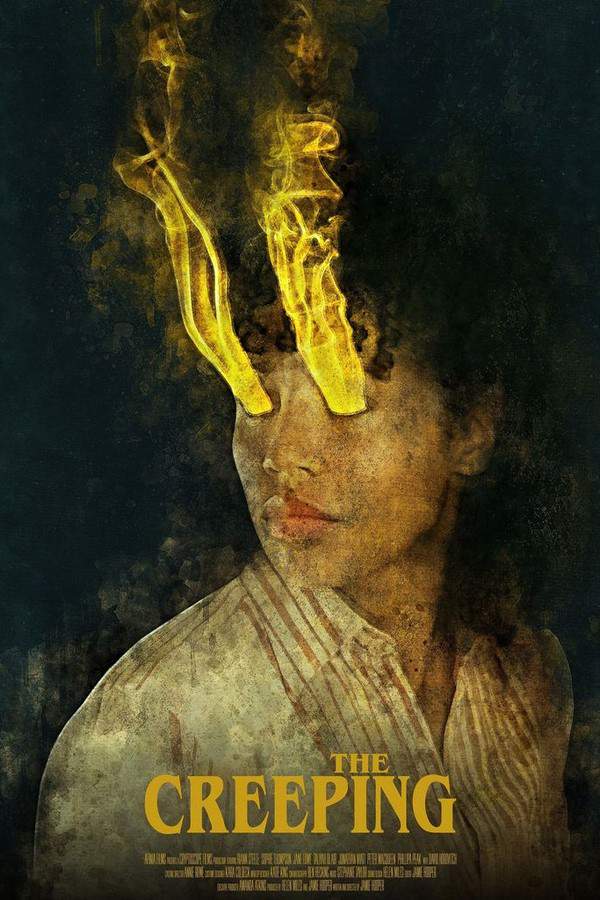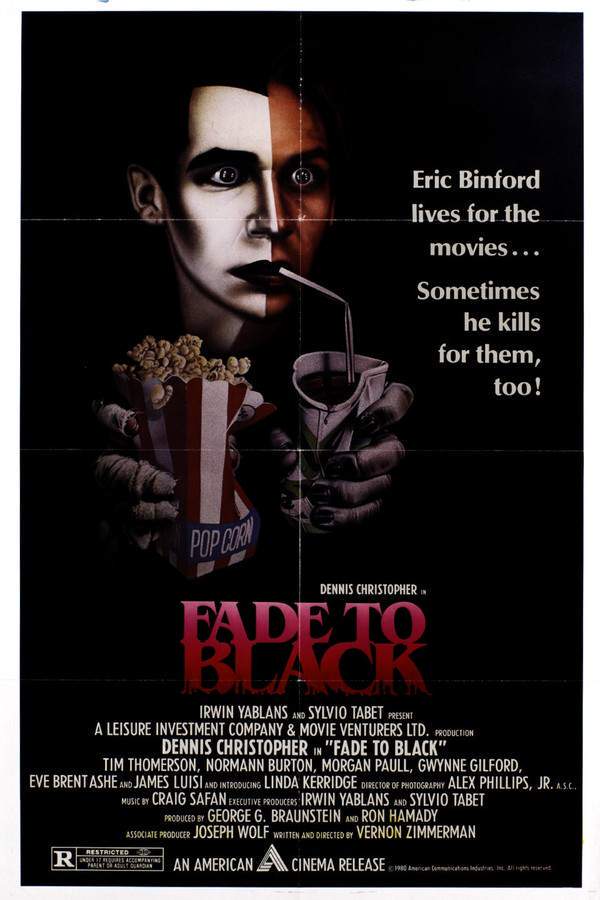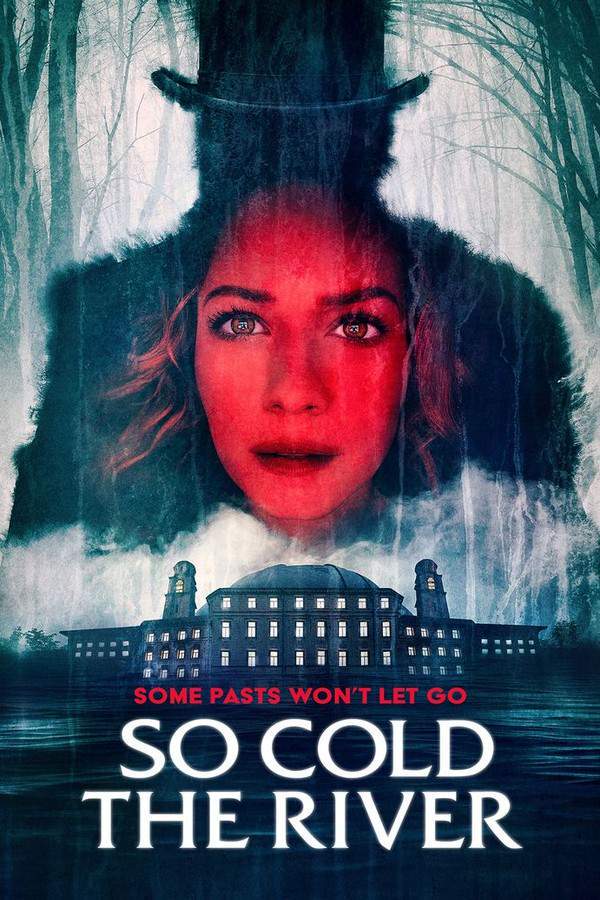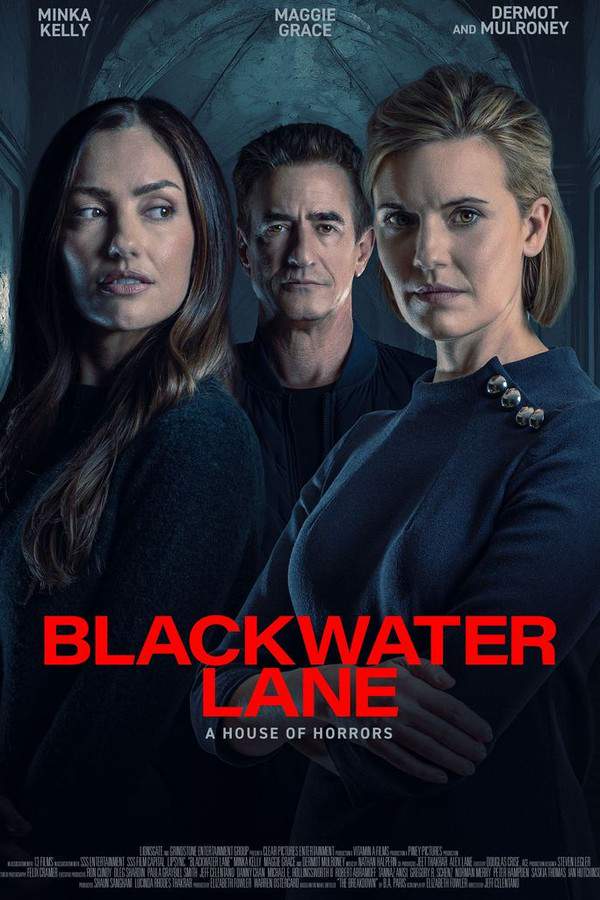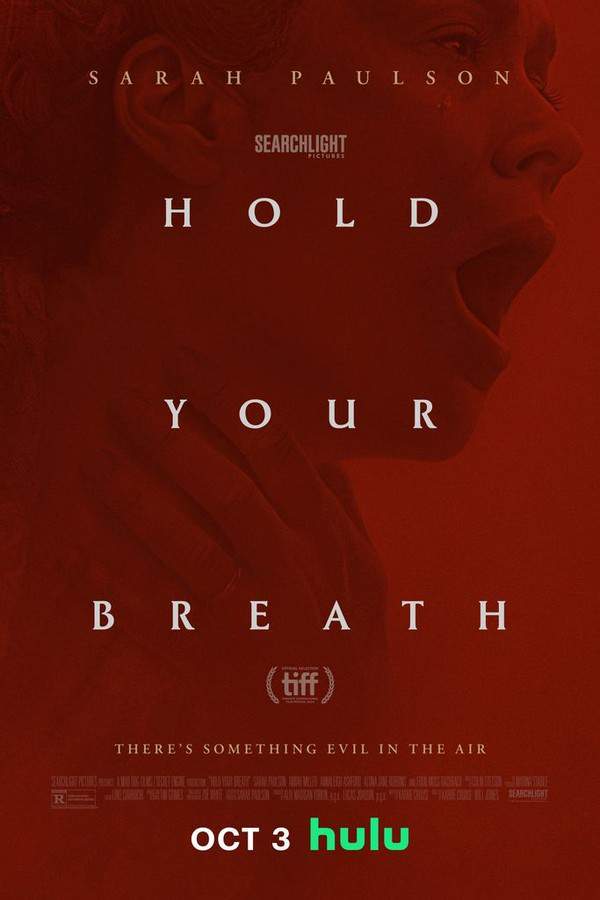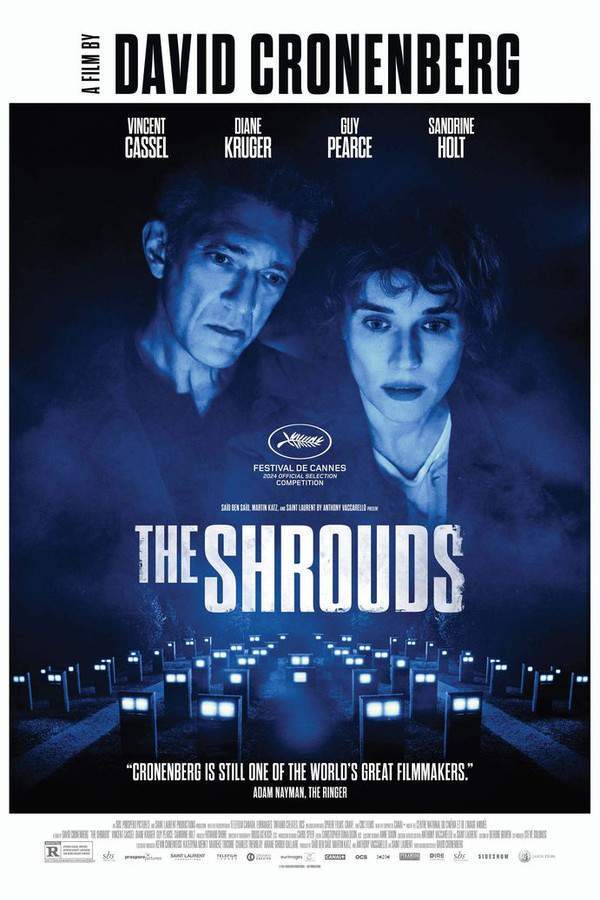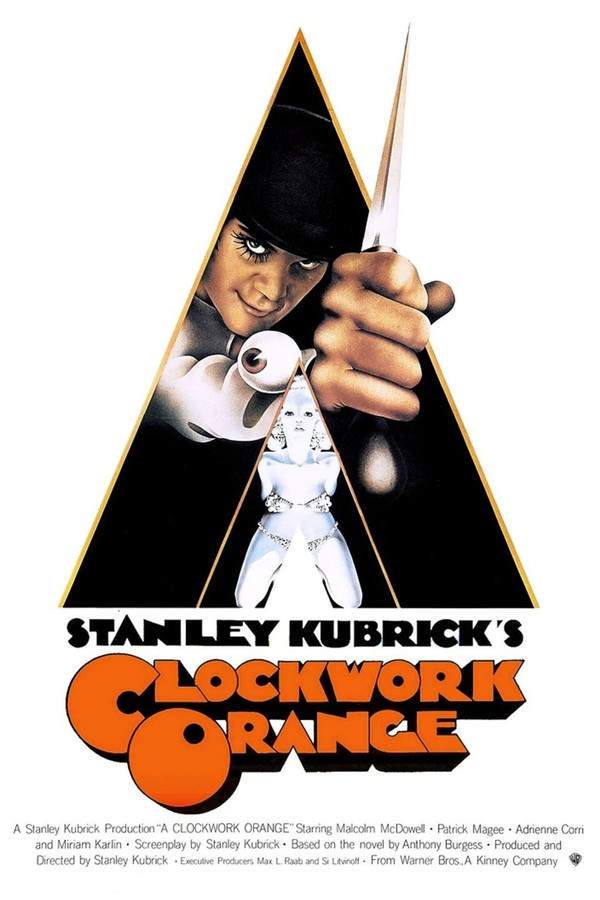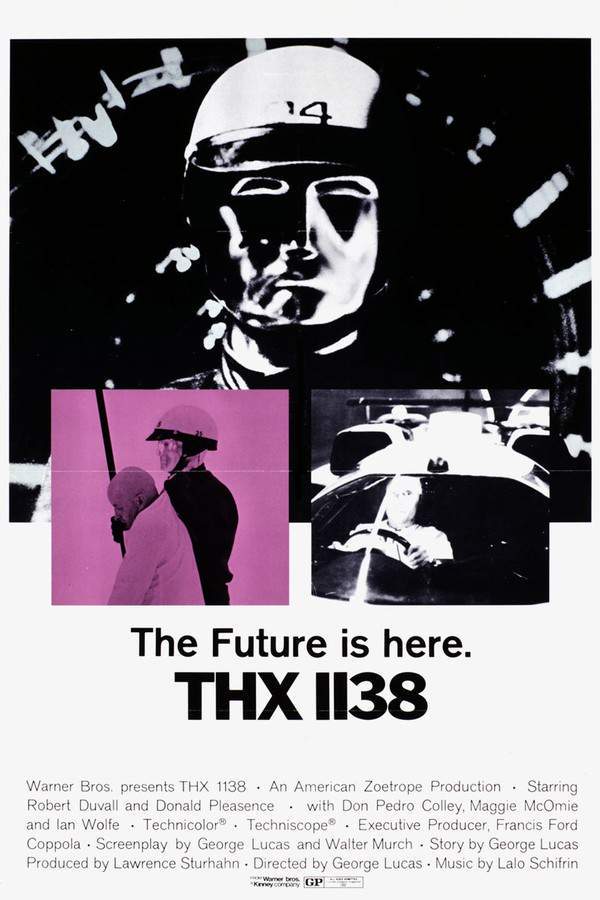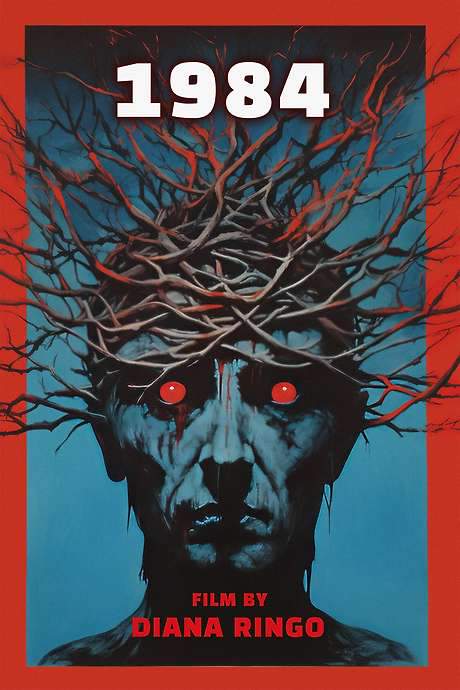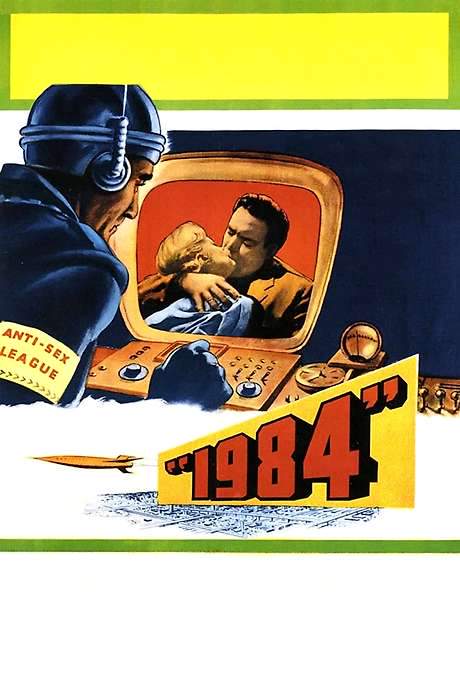
1984
Year: 1956
Runtime: 90 mins
Language: English
Director: Michael Anderson
Big Brother is Watching. In a totalitarian future society, a man whose daily work is rewriting history tries to rebel by falling in love.
Warning: spoilers below!
Haven’t seen 1984 yet? This summary contains major spoilers. Bookmark the page, watch the movie, and come back for the full breakdown. If you're ready, scroll on and relive the story!
1984 (1956) – Full Plot Summary & Ending Explained
Read the complete plot breakdown of 1984 (1956), including all key story events, major twists, and the ending explained in detail. Discover what really happened—and what it all means.
In the mid-1960s, a nuclear war has reshaped the globe into three vast superstates—Oceania, Eurasia, and Eastasia—where the remnants of civilization are watched over by a totalitarian regime. By 1984, London sits behind bomb-proof defenses and serves as the capital of Airstrip One, a province of Oceania ruled by a single, all-powerful Party led by the figurehead Big Brother, John Vernon. In this harsh world, information is manufactured, memory is manipulated, and private thoughts are dangerous. Into this climate of fear steps Winston Smith, Edmond O’Brien a member of the semi-elite Outer Party who begins to sense the cracks in the party line and the price of dissent.
Winston’s private rebellion starts with a small act of rebellion: a diary hidden from the ever-present surveillance. He writes down subversive thoughts and records memories of a past he believes is being erased. His sense of unease deepens when Selina Parsons, Carol Wolveridge, a little neighbor girl, enters his apartment to practice denouncing him as a traitor, highlighting just how permeated every moment of life is by loyalty tests and fear. The fragility of safety becomes clearer when Winston encounters Julia, Jan Sterling, a woman who seems to share a dangerous, unspoken understanding with him, and a clandestine spark of connection quickly grows between them.
At his office in the Records Department of the Ministry of Truth, Winston’s suspicious mind is further stirred by the sight of a photo that might prove Rutherford and Jones innocent. His supervisor, O’Connor, Michael Redgrave, orders him to destroy it, underscoring the brutal efficiency with which the regime edits the past and enforces conformity. That same night, at a political rally, Julia slips a note into Winston’s hand proclaiming love—a tiny act of rebellion that becomes a bridge to two souls seeking warmth in a world designed to extinguish it. They agree to meet away from the omnipresent mikes and monitors, choosing a meadow beyond the city’s edge as a sanctuary where they can be themselves.
Their clandestine bond leads them to the junk shop where they hope for a safe space, a place less surveilled by the Party. There, Julia enters the shop, Jan Sterling, and their secret affair intensifies as they dream of a broader resistance. Winston returns to the shop with plans to join the Underground, a vision he believes might offer a path toward freedom. The romance and the danger feed off each other as they begin to entertain the possibility that O’Connor may be part of a larger resistance network, though trust remains fragile in a world designed to betray.
A fateful note arrives in O’Connor’s handwriting that reads “down with Big Brother.” Convinced that this official could be their key to the Underground, Winston and Julia confront him with their vow to resist. O’Connor instructs Winston to carry an empty briefcase as a symbol of a future alliance and, perhaps, a genuine conduit for change. During the rally that signals the start of Hate Week, a staged moment of chaos—an exchange of briefcases—leads Winston to a copy of a treatise attributed to the Underground’s leadership. This discovery seems to confirm their belief that a hidden network exists and that the dream of overthrowing Big Brother is not merely a fantasy.
Back at their hidden room, Julia insists that only love can defeat the Party, a claim that is suddenly exposed to brutality when a telescreen behind a mirror brands their sentiments as crimes of thought. The Thought Police burst in, and both Winston and Julia are arrested. In the Ministry of Love, Winston is confined in a pit-like room while Parsons is dragged away after his daughter betrays him for muttering “Down with Big Brother” in his sleep. The undercover operation uncovered by O’Connor comes to life as he reveals himself to be a covert agent of the state and begins a brutal brainwashing campaign.
Even under the pressure of electroshock, Winston clings to the possibility of an inner truth that cannot be extinguished. He submits to the regime’s nightmare, yet his defiance surfaces in a final, stubborn core. The regime intensifies its assault, culminating in a moment of terror where Winston fears the rats that threaten to devour him, begging the system to spare Julia. Release comes, but it is not freedom; it is a carefully manufactured reintegration into a society that now views him as a model citizen. In the street, Winston stumbles through a world that seems to have broken his will, and the image of Julia fades as Big Brother’s broadcasts herald a victory that is, to him, both hollow and complete.
Yet even within this bleak arc, there is a glimmer of possibility—the existence of an alternate ending. In that version, Winston rebels against his brainwashing and shouts “Down with Big Brother!” only to be shot down, with Julia rushing to his side and meeting the same fate. The film’s closing image remains a stark meditation on power, memory, and the human desire for connection in a world designed to erase both.
Long Live Big Brother!
Down with Big Brother!
In this haunting reflection on surveillance, loyalty, and the resilience of personal feeling, the story follows Winston and Julia as they navigate a labyrinth of loyalty tests, betrayals, and the illusion of safety, all while the regime relentlessly rewrites reality to suit its needs. The cast’s theatric weight anchors the narrative: Winston Smith, Edmond O’Brien against the omnipresent machinery; Big Brother, John Vernon as the emblem of authority; Julia, Jan Sterling as the beacon of forbidden love; and O’Connor, Michael Redgrave as the entwined ally and instrument of state control. The result is a meticulous, uncompromising meditation on power, memory, and the fragile spark of humanity that endures even under a regime that seeks to extinguish it.
Last Updated: October 07, 2025 at 08:10
Explore Movie Threads
Discover curated groups of movies connected by mood, themes, and story style. Browse collections built around emotion, atmosphere, and narrative focus to easily find films that match what you feel like watching right now.
Movies about futile rebellion in dystopian systems like 1984
Individuals confront overwhelming power in a society designed to break them.If the bleak struggle against an all-powerful state in 1984 captivated you, explore more movies like it. These films depict similar dystopian worlds where individual rebellion is systematically crushed, exploring themes of psychological control, surveillance, and the heavy cost of defiance.
Narrative Summary
Stories in this thread typically follow a protagonist's journey from passive acceptance to conscious rebellion against an oppressive system. This rebellion, often symbolized by a forbidden act of love or free thought, is met with brutal, calculated force. The narrative arc is one of inevitable defeat, where the system proves its absolute power by not just punishing the body, but by reprogramming the mind, ensuring total submission.
Why These Movies?
These movies are grouped by their shared theme of a seemingly unwinnable struggle against institutionalized power. They share a bleak tone, high intensity from psychological tension, and a heavy emotional weight derived from the extinguishing of hope and individuality.
Movies with slow burn psychological dread like 1984
A steady, methodical buildup of unease that culminates in psychological horror.For fans of the methodical, oppressive tension in 1984, this list features similar movies with a slow burn pace. These films masterfully build a sense of claustrophobic dread and psychological unease, leading to emotionally heavy and often bleak conclusions that linger long after the credits.
Narrative Summary
The narrative pattern involves a steady, often linear, progression where a sense of normalcy is slowly peeled back to reveal underlying horror or existential threat. There are few jarring jumps; instead, the tension simmers, building through small details, atmospheric pressure, and the growing awareness of inescapable doom. The climax is typically a release of this built-up psychological pressure, rather than a physical confrontation.
Why These Movies?
These films are connected by their masterful control of pacing and mood. They prioritize a steady, immersive build of anxiety and claustrophobia over fast-paced action, creating a deeply unsettling viewing experience defined by its pervasive sense of dread and heavy emotional resonance.
Unlock the Full Story of 1984
Don't stop at just watching — explore 1984 in full detail. From the complete plot summary and scene-by-scene timeline to character breakdowns, thematic analysis, and a deep dive into the ending — every page helps you truly understand what 1984 is all about. Plus, discover what's next after the movie.
1984 Timeline
Track the full timeline of 1984 with every major event arranged chronologically. Perfect for decoding non-linear storytelling, flashbacks, or parallel narratives with a clear scene-by-scene breakdown.

Characters, Settings & Themes in 1984
Discover the characters, locations, and core themes that shape 1984. Get insights into symbolic elements, setting significance, and deeper narrative meaning — ideal for thematic analysis and movie breakdowns.

1984 Spoiler-Free Summary
Get a quick, spoiler-free overview of 1984 that covers the main plot points and key details without revealing any major twists or spoilers. Perfect for those who want to know what to expect before diving in.

More About 1984
Visit What's After the Movie to explore more about 1984: box office results, cast and crew info, production details, post-credit scenes, and external links — all in one place for movie fans and researchers.

Similar Movies to 1984
Discover movies like 1984 that share similar genres, themes, and storytelling elements. Whether you’re drawn to the atmosphere, character arcs, or plot structure, these curated recommendations will help you explore more films you’ll love.
Explore More About Movie 1984
1984 (1956) Scene-by-Scene Movie Timeline
1984 (1956) Movie Characters, Themes & Settings
1984 (1956) Spoiler-Free Summary & Key Flow
Movies Like 1984 – Similar Titles You’ll Enjoy
A Clockwork Orange (1971) Story Summary & Characters
1984 (1985) Full Summary & Key Details
THX 1138 (1971) Spoiler-Packed Plot Recap
Brave New World (1980) Spoiler-Packed Plot Recap
Good Morning, Mr. Orwell (1984) Story Summary & Characters
Nineteen Eighty-Four (1984) Story Summary & Characters
Big Data, Big Brother (2020) Detailed Story Recap
1984 (2023) Movie Recap & Themes
The World of George Orwell: 1984 (1965) Film Overview & Timeline
Me and the Big Guy (1999) Detailed Story Recap
Brave New World (1998) Plot Summary & Ending Explained
2081 (2009) Detailed Story Recap
Nineteen Eighty-Four (1954) Movie Recap & Themes
1984 (1953) Story Summary & Characters
Orwell: 2 + 2 = 5 (2025) Ending Explained & Film Insights

